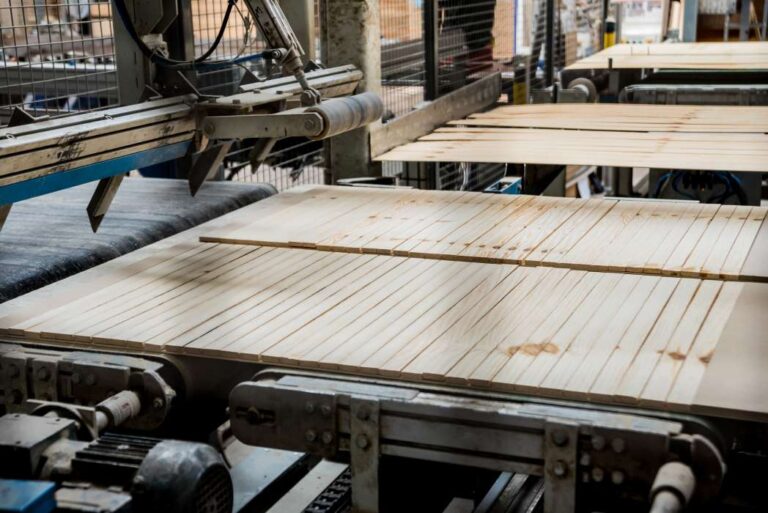As we strive to find ways to store vast amounts of data into smaller and smaller spaces, IBM has just managed to put 330TB into the palm of our hand.
In collaboration with Sony Storage Media Solutions, IBM has managed to create a tiny storage cartridge with 330TB of capacity.
To do so, it used one of the oldest forms of data storage, magnetic tape, which dates back to the beginning of the computer age.
According to The Verge, each square inch of this new tape inside the cartridge is capable of storing 201GB, giving it 20 times the storage density of existing magnetic tape drives.
In its announcement, IBM contextualised the breakthrough by saying that the company’s first unit could only hold magnetic tape with a capacity of just 2MB in a square inch.
Meanwhile, just over 10 years ago, the same density was capable of holding 6TB, or the equivalent of 8m books, whereas this new tape can hold as many as 330m.
Cold storage in the cloud
To achieve this breakthrough, IBM said that in collaboration with Sony, it had to create several new technologies that would significantly boost the tape’s storage density, otherwise known as areal density.
“Tape has traditionally been used for video archives, backup files, replicas for disaster recovery and retention of information on premise, but the industry is also expanding to off-premise applications in the cloud,” explained IBM’s Evangelos Eleftheriou.
“While sputtered tape is expected to cost a little more to manufacture than current commercial tape, the potential for very high capacity will make the cost per terabyte very attractive, making this technology practical for cold storage in the cloud.”
Last March, IBM made another substantial data storage breakthrough when it announced it had written data onto a single atom.
Until that moment, it had taken anywhere between three and 12 atoms to achieve the same result.
To achieve this, the researchers placed a single holmium atom with unpaired electrons on a bed of magnesium oxide. With the right electrification, it can create a signature that can be read as data.
Source : Silicon Republic












